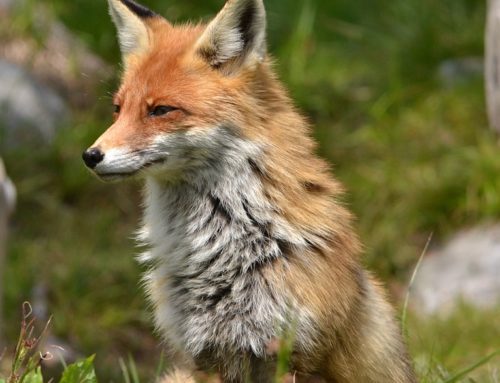(stock photo – not actual LOW bear)
As many of you may or may not know Lake of the Woods has been having their annual Bear sightings in our quiet little neighborhoods although it does seem earlier than the occurrences last year. Perhaps this snap of milder weather has made our big fuzzy buddies contemplate an early hibernation.
For those of you who have not been following the information on Facebook, there have been a plethora of sightings including the walking path around the entrance park pond, a LOW residents deck, and several backyards. There was even a large Black Bear involved accident (as if worrying about the deer running out in front of you isn’t bad enough) on Rt 3, close to LOW. If you have missed the Neighborhood Watch Report it read, “A 300-350 pound black bear was reported in the Lake of the Woods again this week. This one was reported adjacent to the pond on the 14th hole of the golf course. There is not much one can do except stay out of its way. It generally will wander off to get away from loud noises.”
After pondering the question with my husband, “If I looked up from my gardening (which can absorb much of my attention) and saw a Black Bear lumbering towards me- what would I do??”.
This drove me to do some research-
I found this info from the U.S. National Park Service website and while it gives pretty much the same advice as our neighborhood watch I thought I would repost it just in case it might answer some questions for you.
According to the U.S. National Park service, “Most bears will avoid humans if they hear them coming. Pay attention to your surroundings and make a special effort to be noticeable if you are in an area with known bear activity or a good food source, such as berry bushes.
Your first objective is to avoid the bear completely, as stated by the neighborhood watch, if possible. Once a bear has noticed you and is paying attention to you, additional strategies can help prevent the situation from escalating.
- Identify yourself by talking calmly so the bear knows you are a human and not a prey animal. Remain still; stand your ground but slowly wave your arms. Help the bear recognize you as a human. It may come closer or stand on its hind legs to get a better look or smell. A standing bear is usually curious, not threatening.
- Stay calm and remember that most bears do not want to attack you; they usually just want to be left alone. Bears may bluff their way out of an encounter by charging and then turning away at the last second. Bears may also react defensively by woofing, yawning, salivating, growling, snapping their jaws, and laying their ears back. Continue to talk to the bear in low tones; this will help you stay calmer, and it won’t be threatening to the bear. A scream or sudden movement may trigger an attack. Never imitate bear sounds or make a high-pitched squeal.
- Pick up small children immediately.
- Hike and travel in groups. Groups of people are usually noisier and smellier than a single person. Therefore, bears often become aware of groups of people at greater distances, and because of their cumulative size, groups are also intimidating to bears.
- Make yourselves look as large as possible (for example, move to higher ground).
- Do NOT allow the bear access to your food. Getting your food will only encourage the bear and make the problem worse for others.
- If the bear is stationary, move away slowly and sideways; this allows you to keep an eye on the bear and avoid tripping. Moving sideways is also non-threatening to bears. Do NOT run, but if the bear follows, stop and hold your ground. Bears can run as fast as a racehorse both uphill and down. Like dogs, they will chase fleeing animals. Do NOT climb a tree. Both grizzlies and black bears can climb trees.
- Leave the area or take a detour. If this is impossible, wait until the bear moves away. Always leave the bear an escape route.
- Be especially cautious if you see a female with cubs; never place yourself between a mother and her cub, and never attempt to approach them. The chances of an attack escalate greatly if she perceives you as a danger to her cubs.”
Now we all realize this is general information for use in our National Parks and is given for Grizzlies, Brown, and Black Bears but of the three, Black Bears, which are the bears frequenting LOW, are the much less aggressive. That is itself is somewhat comforting.
So let’s give our Big Buddies room to roam and try to make some noise while you are outside. I plan on having a radio playing if gardening to deter unwanted visitors. Keep dog food and bird seed out of their reach so that they are not attracted to your yard and the bears should gradually move on to yummier pastures.





